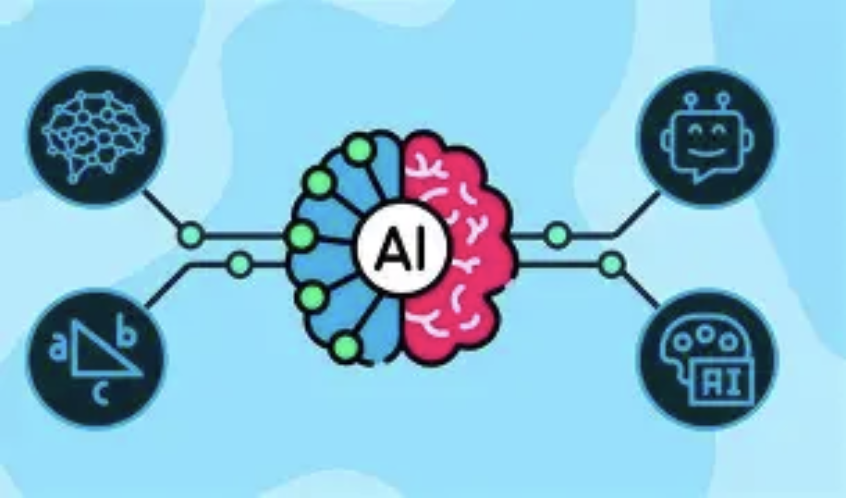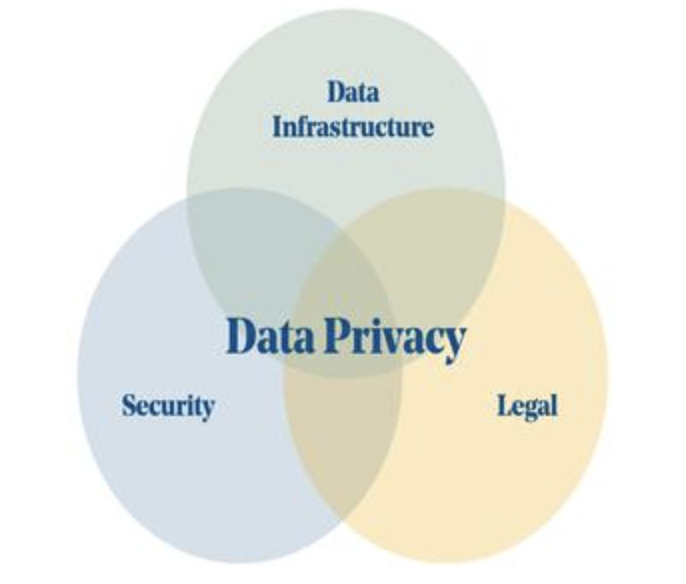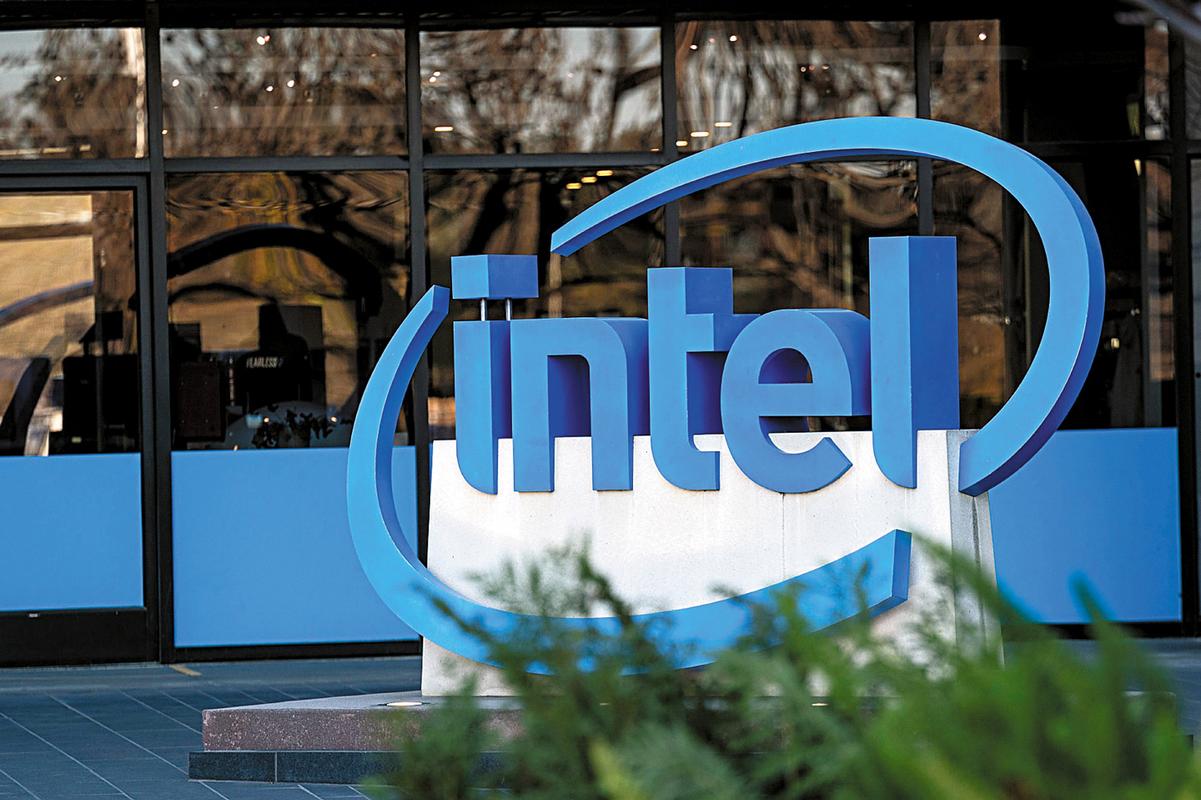Siemens and UMC Join Forces to Build a Health Shield for Chips
In the semiconductor industry, chips are like the "hearts" of the electronic world, powering everything from smartphones and cars to computers and supercomputers. But as manufacturing processes become ever more refined and circuits grow in scale, these "hearts" face mounting challenges: will electric currents wear down the microscopic wires? Could the power network buckle under pressure and suffer a "shortage of blood supply"? If left unchecked, such hidden risks may cause chips to overheat, lose performance, or even fail.

To tackle this problem, Siemens Digital Industries Software has partnered with leading foundry United Microelectronics Corporation (UMC) to introduce a new analysis tool called m Power. Its mission is clear: to detect potential "health issues" while a chip is still in the design phase, like a doctor conducting a check-up, so that hidden risks don't make their way into the final product.
To understand mPower’s value, we first need to look at the risks chip designers face. As wiring scales down to the nanometer level, wires become as thin as a strand of hair, yet the current demands remain unchanged. Picture forcing water continuously through an ultra-thin straw- the inter walls will eventually erode. This is what's known as electromigration. Where metal atoms slowly drift until the circuit breaks.
Another common issue is insufficient power delivery, which can be likened to a city power grid: if too many devices switch on at once, the voltage drops and the supply can’t keep up. Inside chips, this is called an IR drop problem, and it can cripple local circuits. For today's chips, which can pack billions of transistors, these intisüble dangers cannot be ignored.
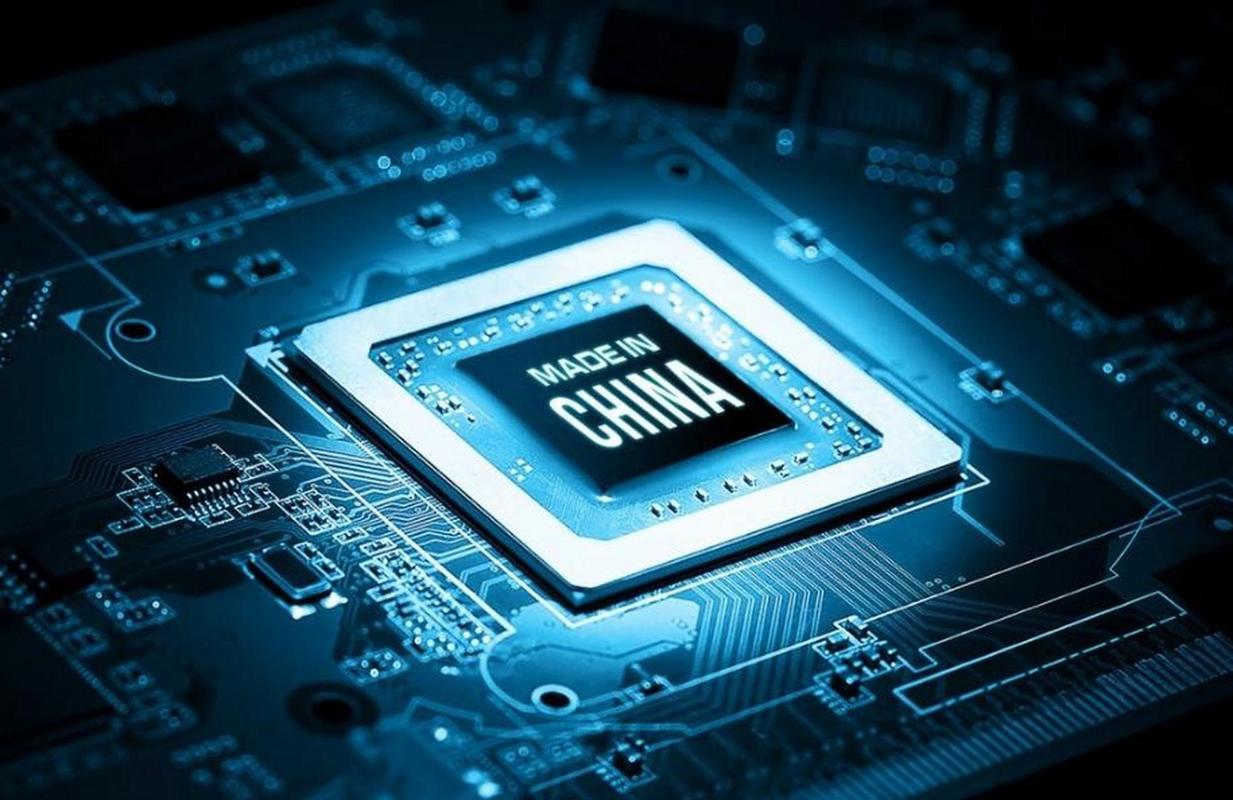
Traditionally, designers could only perform large-scale reliability checks when the chip design was nearly finalised. Discovering a problem at that stage meant costly and time-consuming redesigns. Power changes the game by giving engineers a tool for early intervention. It can analyse designs at multiple stages, even as early as the transistor-level layout, simulating potential current stress and voltage fluctuations.
Think of it as digitally stress-testing the foundation before constructing a house. If weaknesses are found, adjustments can be made early, avoiding massive rework later.
UNC has already tested the tool on large-scale memory chip circuits. The results showed that mPower not only generated detailed IR drop distribution maps but also quickly flagged areas of risk.
In the semiconductor world, time is money. The faster a company can deliver reliable products to market, the greater its competitive advantage. Power is not just a "health scanner for chips, “ it also serves as a turbocharger for design teams. Looking at the industry as a whole, simply producing a functional chip is no longer enough.
Reliability, safety, and energy efficiency are now top priorities for markets and end applications. Imagine if an autonomous car suddenly crashed because of a chip IR drop issue, or if AI servers went offline repeatedly due to unstable chips, the consequences would be disastrous, both socially and economically. That's why tools like mPower are on their way to becoming a must-have standard for semiconductor companies.
If past chip design was like building a race car, with engineers striving for raw speed, today's challenge is different: build something that's not only fast but also durable and safe, capable of reaching the finish line reliably, even under the toughest conditions.
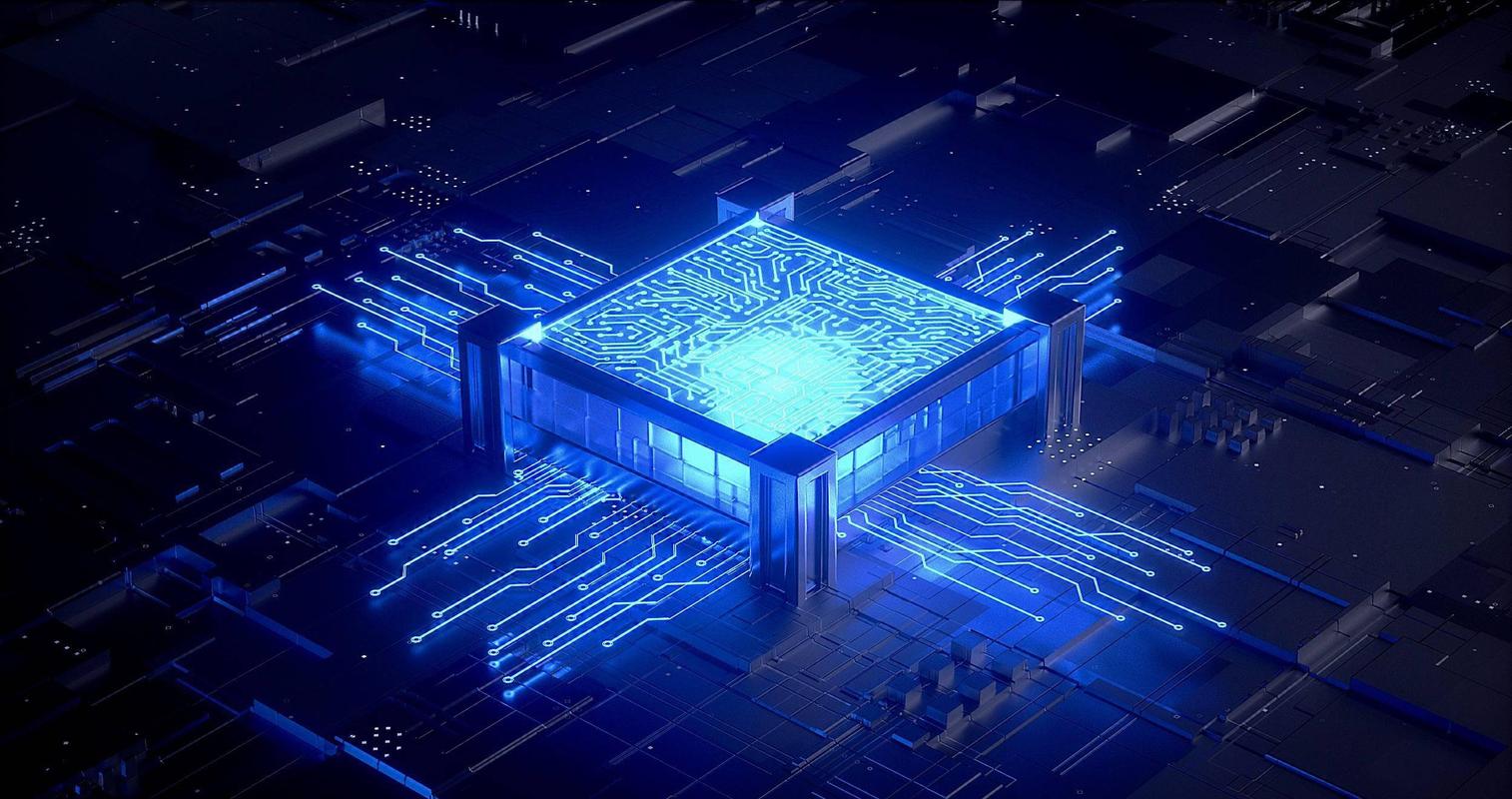
(Writer:Cily)
